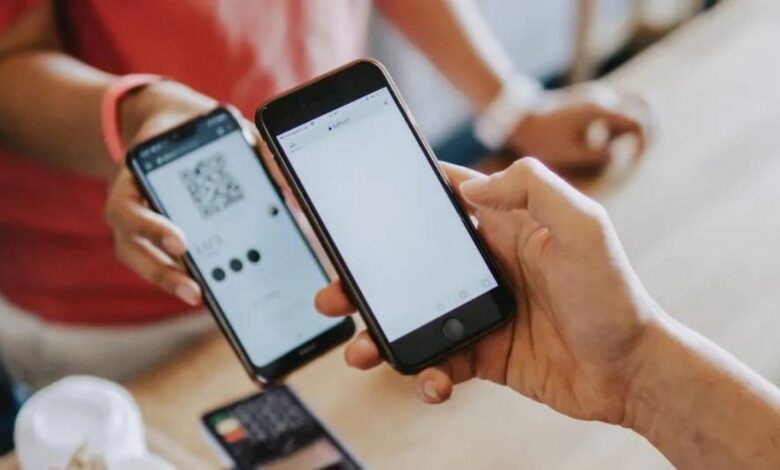With this feature you can now make UPI payments even without an account

UPI Circle, the latest innovation in Unified Payments Interface (UPI), was rolled out last week by the National Payments Corporation of India (NPCI). The feature allows UPI users to grant access to their accounts to trusted individuals. This way, even those without a UPI account can transact using the payment instrument. According to NPCI, the feature is aimed at providing access to UPI to secondary users who are financially dependent. Last week, Google Pay had announced that it will be integrating the feature in its payments app in the country.
NPCI rolls out UPI Circle
In a afterNPCI has detailed the feature. According to the agency, UPI Circle will allow primary users, defined as those with a UPI account linked to their bank account, to authorize secondary users, who may or may not have a UPI account, to transact from the primary user’s account. The feature comes with layers of intervention and security measures.
The UPI feature allows primary users to go to the UPI app of their choice and add secondary users by scanning a QR code or entering a UPI ID. Manually entering phone numbers is currently not allowed. Once that is done, secondary users can set up a UPI account and register themselves to use the feature. NPCI emphasizes that the user must secure the app with passcodes or biometric authentication to make transactions.
There are also two divisions for secondary users: partial delegation and full delegation. In partial delegation, the primary user must approve the transaction each time before the payment can be made. In full delegation, secondary users have a maximum monthly limit, but they can make transactions on their own without requiring approval.
NPCI has set the maximum monthly delegation limit at Rs. 15,000, with a single transaction not exceeding Rs. 5,000. Also, the secondary user has a limit of Rs. 5,000 for the first 24 hours. The agency claims that the primary user has the ability to monitor the activity of the secondary users on the app. A primary user can set different maximum limits (below Rs. 15,000) for different secondary users.
It is notable that a primary user can add up to five secondary users, but a secondary user can only accept one primary user. The primary user can also revoke access to the secondary user at any time.




